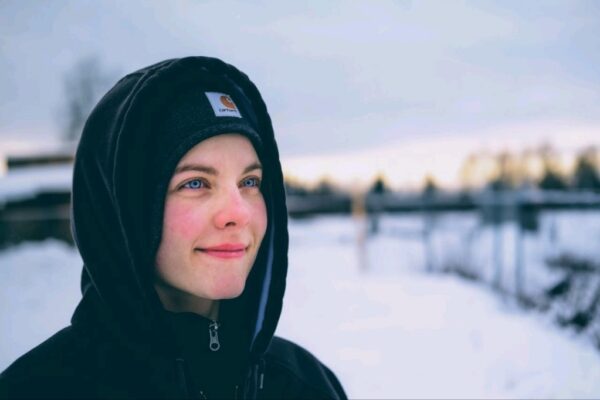MenopauseMenu guest blog post by Harmonie Grace E. Lee, DPT.
Moving your body can be a pleasurable experience (think dancing, walking, and playing), or it can be a chore.
The best kind of exercise is the kind you enjoy. In this series, we’ll explore some of the many benefits of exercise. We will attempt to reframe exercise as a pleasurable experience for you, and as a way that you can take care of your body.
Part 1: Your Bones
Your body is constantly remodeling your bones.
Some cells in your body absorb your bones, releasing calcium into your blood. These are called osteoclasts. Other cells in your body pull calcium out of your blood and use it to build your bones. These are called osteoblasts.
Remember that B is for building!
Both types of cells are active all the time. Usually, the osteoclasts are slightly more active than the osteoblasts. This means that your bones will slowly become less dense with time.
This is what leads to osteopenia and osteoporosis, which is when your bones become less dense and more prone to breaking.
Your bone density is the highest around age 30, and then slowly declines. For women, the rate of decline speeds up with menopause due to hormonal changes. While we commonly associate osteoporosis with older women, it affects women and men equally.
Your bones will become less strong as you age, but there is a lot that you can do to keep them strong and slow the rate of density loss. I’m going to talk about one of them today: Exercise.
To understand why exercise is so helpful for your bones, let’s talk about your osteoblasts again.
They build your bones stronger using the calcium in your blood. There are a few things that make them work faster. One of them is when your muscles pull on your bones. When you move, your muscles pull hard on your bones to make you move, and this strong pull tells the osteoblasts to make the bone stronger.
Another thing that tells osteoblasts to make stronger bones is compression due to gravity.
Weight-bearing exercise is movement where your bones are holding up your body. This includes standing, walking, running, lunging, squatting, and many other activities. In contrast, riding a stationary bike or swimming are not weight-bearing exercises.
Weight bearing exercise loads your bone, and this load stimulates your osteoblasts to make your bones stronger.
In a way, you can think of your bones much like your muscles. The more you use them, the stronger they get.
This is not strictly true–there are other factors, such as hormones, that influence your bones. In the same way that our skin shows our age, our bones change with age, becoming more brittle and prone to breakage.
Just like sunscreen can slow the visible aging of our skin, exercise slows the rate of decline of our bone mineral density. It keeps our bones stronger and less likely to break.
So, when you exercise, you are helping your bones to stay strong such that you can continue to do the things you enjoy for many years to come.

Harmonie Grace E. Lee, DPT lives in Fairbanks, Alaska and works at Bassett Army Community Hospital. She is an orthopedic and pelvic health physical therapist who is passionate about helping women to enjoy being in their bodies.